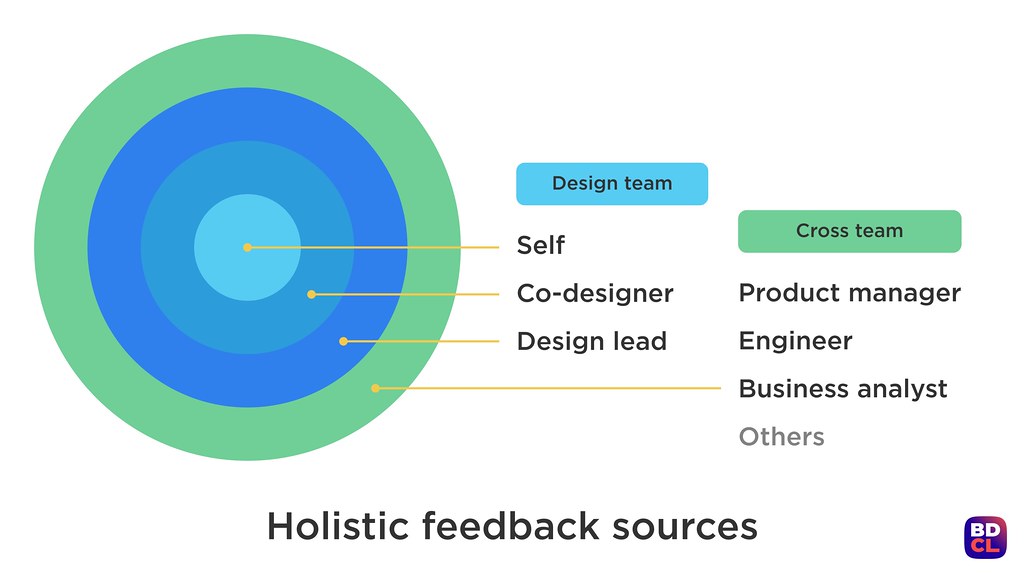This week, the UX design team is having our regular bilas (bilateral meetings) which, undoubtedly, is one of the most important part of Avaloq’s culture. Bilas serve a wide range of benefits from an unstructured kwentuhan to an avenue for the team to express what’s working and what could be better in terms of our daily work experience. This activity strengthens the bond among designers and empowers us in paving our career paths in the organization.
Feedback
It is feedback that we get the most out of during bilas. Knowing that everything is going well with a person is a welcome relief, especially during this pandemic. On the other hand, feedback on how we are with our projects and collaborations is essential to the quality of our work and its outcome.
Here’s a simple guide for a constructive 1:1 discussion of feedback inspired by Scrum’s Sprint Retrospective.

Feedback sources
Needless to say, any kind of feedback is better than no feedback at all. The source of the feedback is as important as the quality of the feedback itself.

Starting from one’s self, a self-assessment could be done then work outwards — from your own team towards cross-functional teams. The important thing to remember is relevance — the feedback must be coming from a collaborator or a person who has worked (or currently working) with you in a project.
Conclusion
Happy to be working with self-starters and a proactive UX design team. We catch and remedy difficulties and hindrances early on through our constant feedback activities and of course, through the openness of everyone.
[ntt_percept page=”avaloq-open-positions”]

